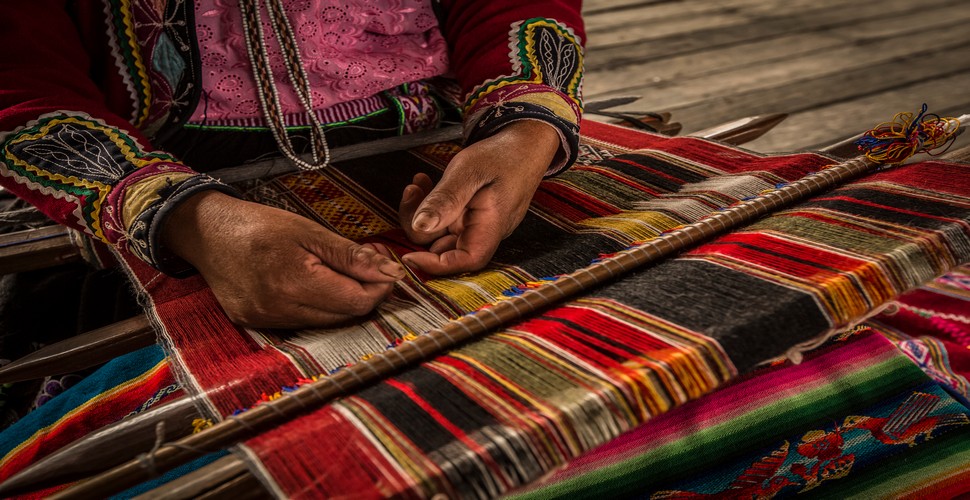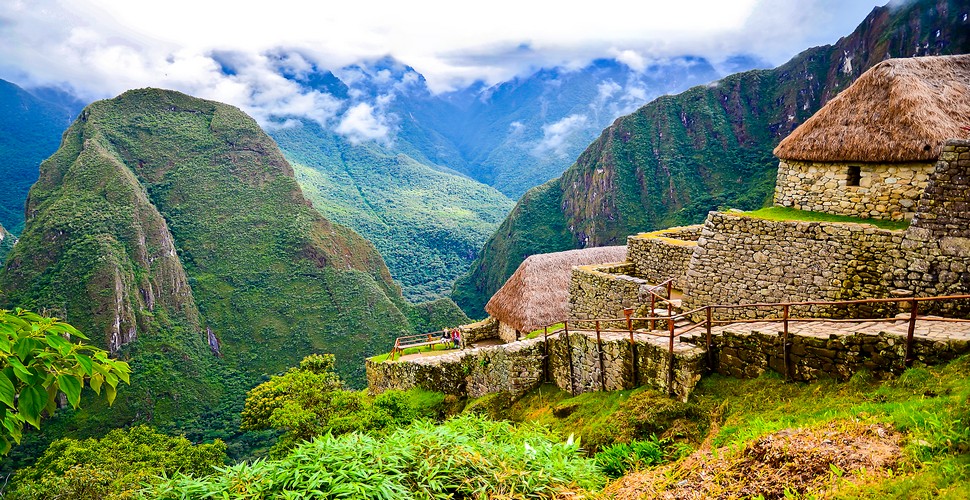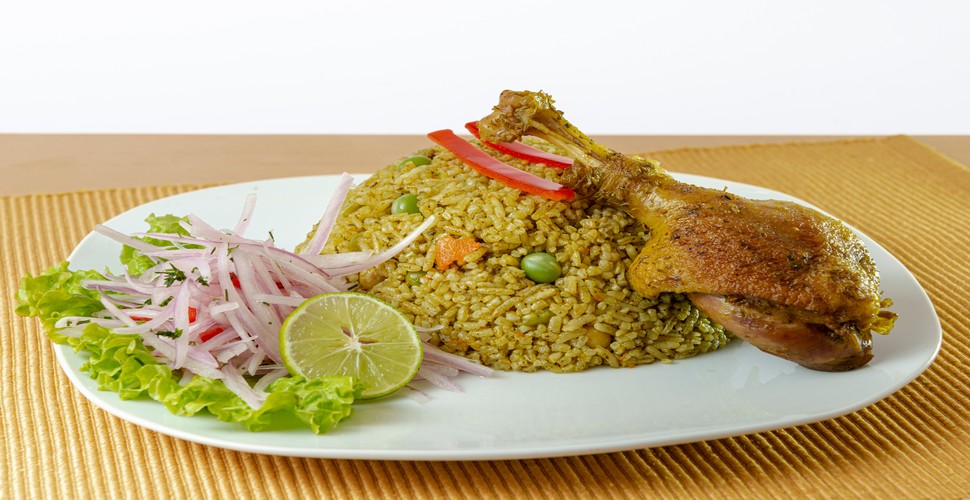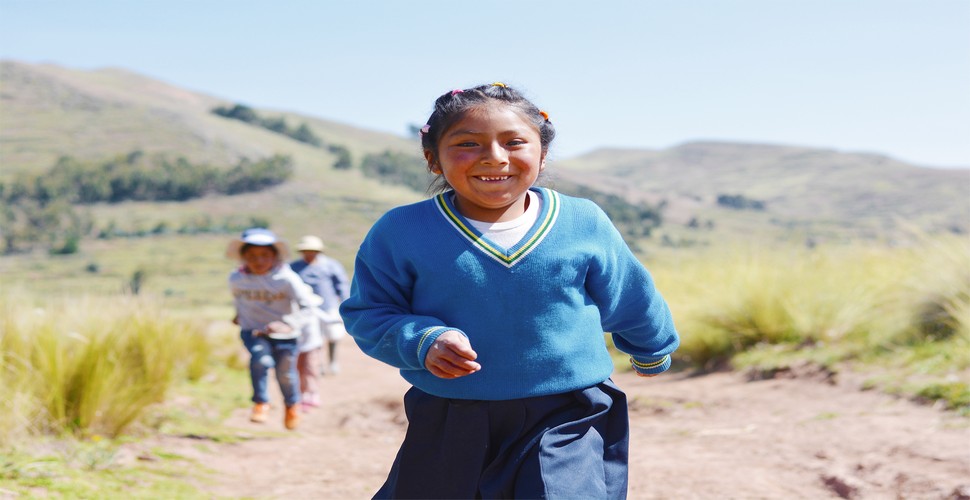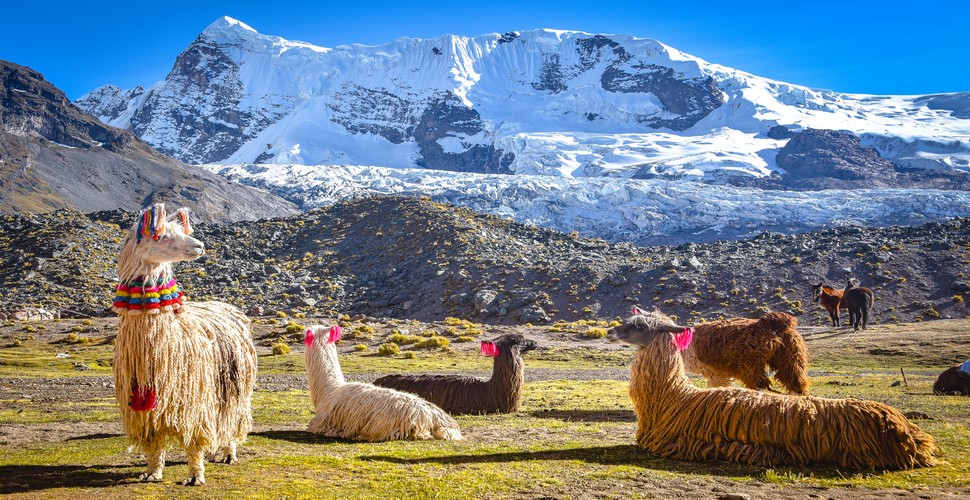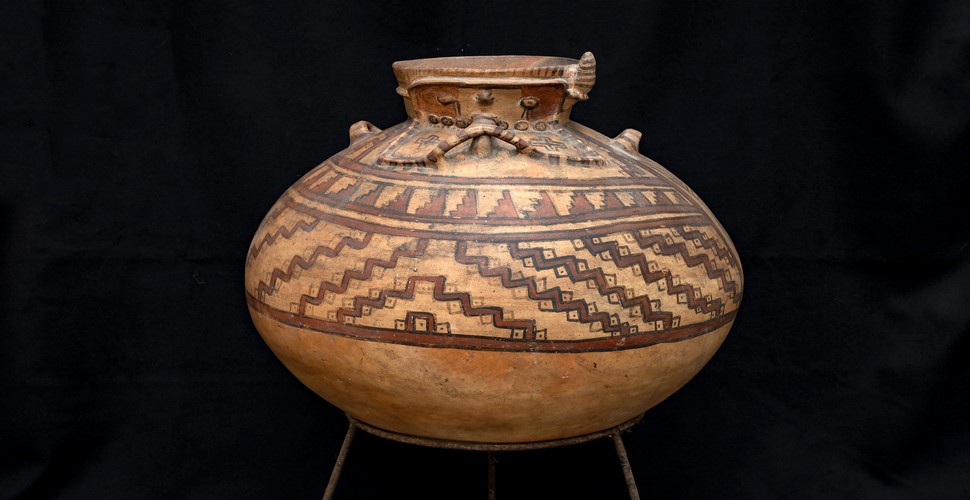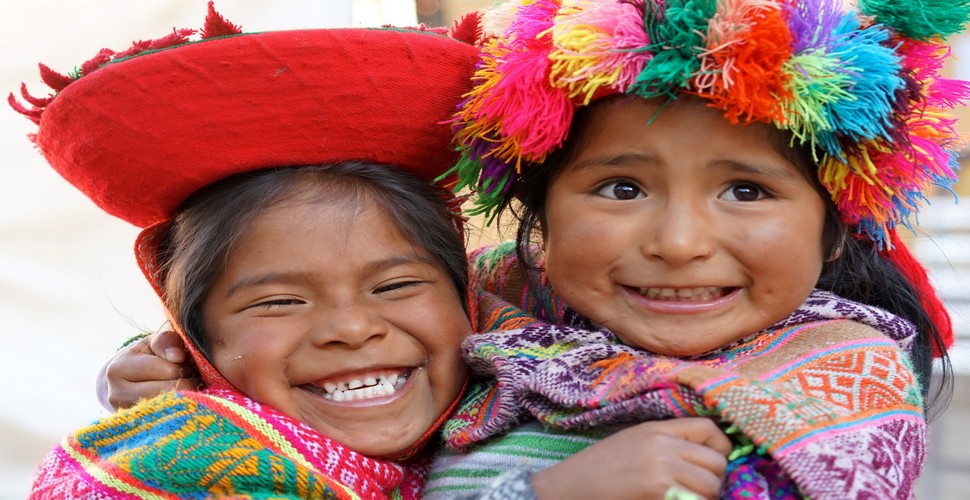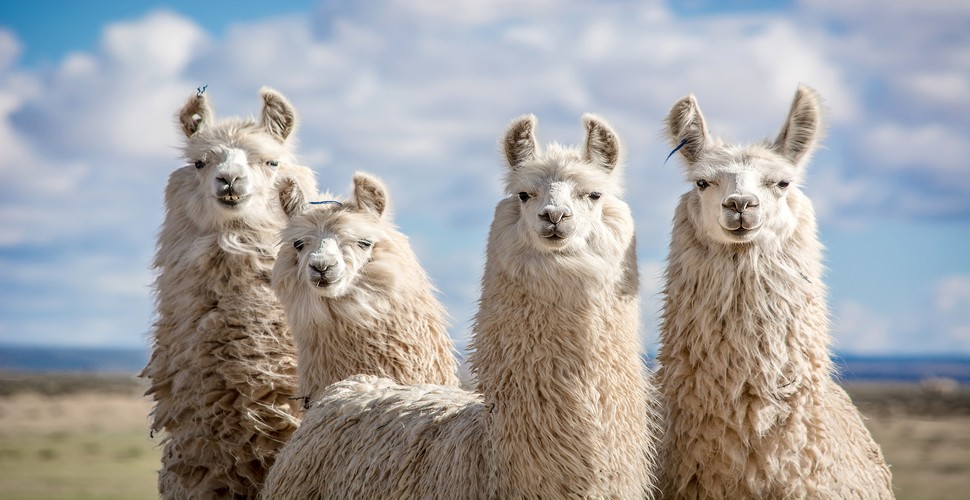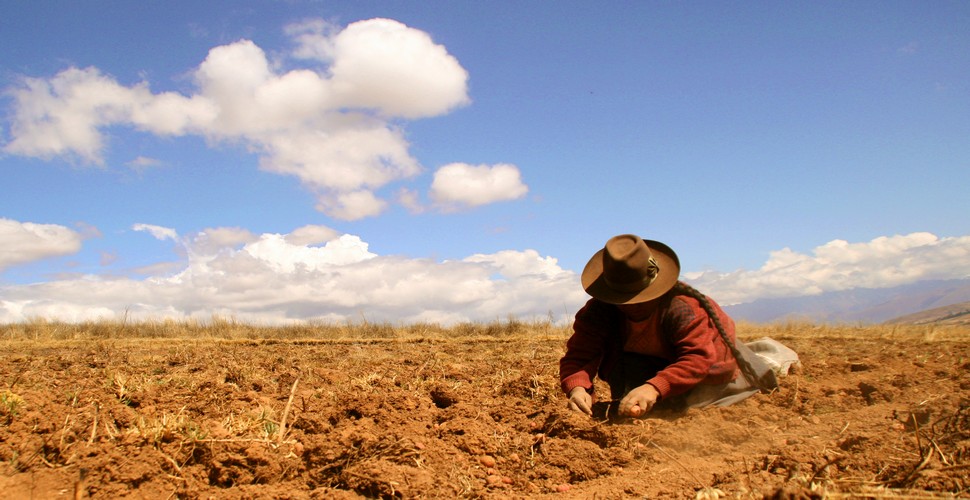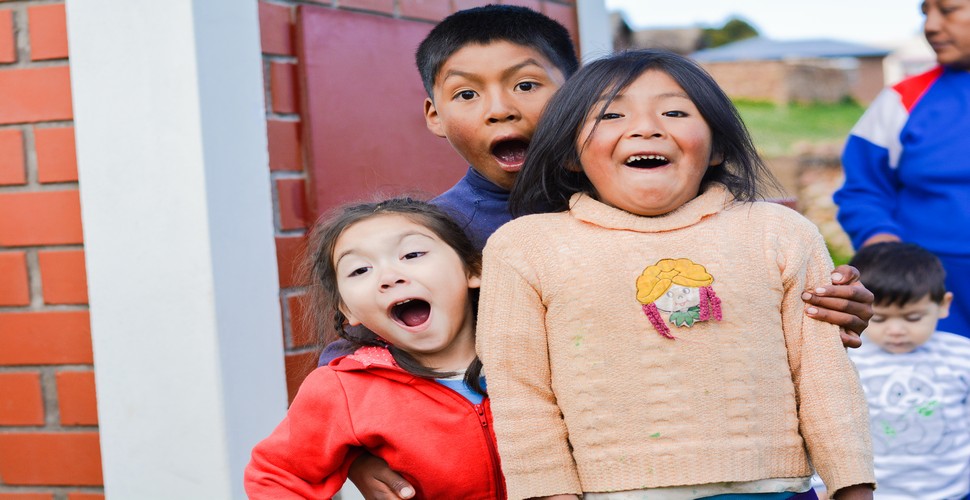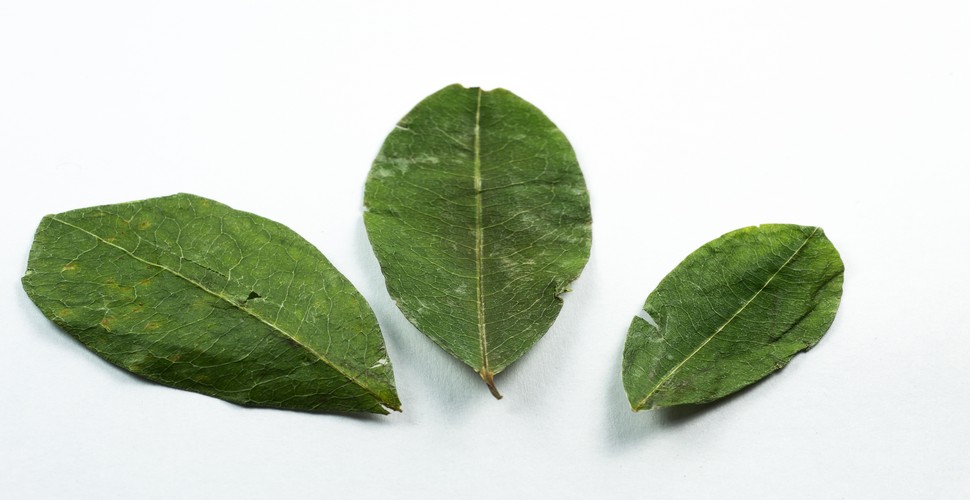

Claire Dean
Travel in South America is a joy to behold. The rich variety of destinations, experiences, landscapes and geography fascinated me so much, that I chose to relocate here, over 20 years ago! The best thing I ever did! Allow me to share my knowledge and passion for Central and South America with you and help you plan your holiday of a lifetime!

FAQs Cultural Tours
Written by:Claire Dean
Last Update: 2025-02-10
Peru is a bucket-list destination for many travelers, with the impressive Machu Picchu being one of the wonders of the modern world. Here are some of the most frequently asked questions about our Cultural Tours in Valencia Travel.
Traditional Textiles
Why visit Peru?
Peru is the quintessential South American country with everything you imagine when you think about this part of the world - ancient civilizations, traditional cultures, colorful markets, the magnificent Andean mountains, volcanos and canyons, iconic Lake Titicaca with its traditional floating island communities, and the mighty Amazon Rainforest.
Machu Picchu
What would you recommend if there was one thing I shouldn’t miss?
It would be hard to travel to Peru and not visit Machu Picchu. I love the experience of trekking to the citadel (classic Inca Trail). Excitement builds as you make your way along the same pathways as the Incas once did, and it feels such an achievement when you arrive.
How do I prepare for a trek in Peru?
Here is a list of frequently asked questions about treks and adventure activities in Peru that you may find helpful. Adventure.
What is the local cuisine like?
Peruvian food is amazing! Everywhere you go, you'll find excellent restaurants offering delicious dishes. Novo-Andino food is a fusion that mixes Peruvian produce with a more international cooking style. While in Peru, you must try local foods like the Lomo Saltado, Ceviche, and Cuy (guinea pig) and of course, you must try the Pisco Sour!
Arroz con Pollo
I speak no Spanish; how easy is it to get by just English?
Many people in Peru speak English, so there shouldn't be a language barrier. It would be good if you could try to learn some essential words as it always gets things off on a sound footing.
Can I drink the tap water?
We wouldn't advise drinking tap water. Make sure all water has been boiled before you drink it, or you can treat it with iodine or water purification tablets - add a vitamin c tablet to hide the taste. Check that all bottled water is sealed when you receive it.
What is the best way to contribute to the local economy or charitable organizations?
Buy local handicrafts as gifts for people back home. Avoid giving sweets to children as it is very little in the way of dental facilities. We support several charitable projects throughout the region. Ask us for details.
Andean School Children
Is Peru safe?
Traveling in Peru is safe and easy on a world scale. Always take the advice of your guide, however, as they know the local areas the best.
What is the Cusco ‘Tourist Ticket’ (BTG)?
This ticket issued by the Ministry of Culture allows access to all the archaeological sites and some museums in Cusco. Exact inclusions depend on the type of ticket purchased (Full or partial ticket), but the tourist ticket gives you access to the most important historical and cultural sites.
How can I manage altitude sickness?
We always recommend traveling in lower regions first to acclimatize, such as Arequipa or the Sacred Valley, before going to higher elevations like Cusco or Puno city. The experience varies from person to person, with some noticing the minimal effect. Coca-tea leaf is recommended in elevated areas, and many hotels serve it. In case of continued altitude sickness, seek medical help, as you can receive oxygen which helps or if severe, you'll be transferred to a lower elevation. We wouldn't recommend traveling to high peaks if you have a heart condition but always check with your doctor.
The High Andes
Can I walk to Machu Picchu?
Yes, you can... there are several ways to reach Machu Picchu on foot. Take the Classic Inca Trail (4 days/3 nights), which starts from 82 km, or the short Inca trail two days /1 night from 104 km. If you are in Aguas Calientes, you can walk up through the mountains from town to the ruins (1 hour).
How fit do I have to be to walk up the Inca Trail?
You don't have to be super fit—more of an active person who enjoys long walks and is used to hiking at home.
Do you organize trips to the more out-of-the-way attractions like the Nazca Lines?
Yes, we do. We offer several packages to see the Nazca Lines, including a flight over them. Valencia Travel is a specialist in adventure travel with excellent off-the-beaten-track experiences. Arrange trips to the lesser-visited Cordillera Blanca for hiking trips or the North of Peru to explore pre-Columbian ruins, temples and colonial cities.
Ceramic Mochica Pot
Do I need to get any vaccinations ahead of travel or malaria tablets?
We always recommend visiting your doctor at least six weeks before you travel, and it’s always safest to ensure your standard vaccinations, such as tetanus, are up to date. You will only need a yellow fever vaccination if you travel to the jungle, but you may also need to carry a yellow fever vaccination certificate in some other circumstances. Your doctor will have the most up-to-date information.
What is Sustainability
Sustainability is a term that is widely used but easily misunderstood. An integrated definition of the concept refers to the ongoing process of preserving society and the environment. It is about responsible use of the world’s resources and avoiding negatively influencing future generations—the capacity for the biosphere and humanity to co-exist.
How is Valencia Travel a Sustainable Company
We aim to minimize the environmental impact of a trip through intelligent planning. We aim to reduce our carbon footprint with logical routes, connected, and using the most energy-efficient means of transportation available analytical courses, bonded, and using the most energy-efficient means of transportation available, we ai; we reduce our carbon footprint. We aim to prevent plastic pollution. Through much activism, we do anything within our power to eliminate the use of plastic in our operations and to combat the use of plastic in hotels. Of course, we do not use plastic bottles from our offices! After all, there is no better way to lead than by example. To preserve biodiversity. We also use local providers for activities, meaning that the income goes straight back to the service's community.
Indigenous Children in Traditional Dress
How can I be a responsible traveler?
Read up on local cultures and learn a few words of the local language – traveling with respect earns you respect.
Travel lightly and remove all excess packaging – waste disposal can be difficult in remote places and developing countries. For further information, check out our article What to Pack for Your Trip to Peru? Which comes complete with a downloadable packing list.
Ask your tour operator whether there are local conservation or social projects you could visit on your trip, and if so, how you could help support them.
Familiarize yourself with the World Tourism Organization’s Global Code of Ethics for Tourism
Respect local cultures, traditions, and holy places – if in doubt, ask for advice or delay your visit until you’ve obtained local guidance.
Learn more about the cultural experiences that you are exposed to.
Ask locals before taking pictures of them, their children, or their property.
Items from ancient civilizations may still be found. Although they may appear discarded or available to buy, leave them where you find them.
Remember that local people have different ways of thinking and concepts of time; this just makes their perception different from yours, not wrong – cultivate the habit of asking questions.
Travel off-season – this has many advantages: spreading out the flow of tourism means the destination can enjoy balance, having positive socio-cultural, economic, and environmental effects. As a traveler, you will experience a quieter atmosphere, lower prices, and better service.
Be friendly and open-minded: many customs and traditions that might seem weird to you are typical to locals. Enjoy and embrace your differences!
How can I directly participate in a social/environmental activity?
When planning your itinerary, let your Travel Designer know about your desire to participate in social/environmental activities. They will undoubtedly provide you with all the possibilities according to your route and the time of your visit. You can plant trees in Manu, Tambopata and Chachapoyas. Or volunteer at an Animal Rescue Center in Tambopata or Iquitos. These are generally a bit more difficult in terms of social activities as it usually takes longer for you to enroll in them. Still, some non-profit hotels offer short tours of their project sites.
Llamas
What is community-based tourism?
Community-based Tourism is generally understood as tourism in rural areas where families, part of a community, or the whole community are involved in the economic tourism chain. The idea is that the visitor can experience firsthand the way of living of a community, or family group, staying at their houses and participating in the daily activities. This direct interaction without intermediaries (or very little) allows a meaningful connection and positive exchange between host and guest. Community-Based tourism is, by concept, a small-scale activity, an alternative income for a community or family. It is not restricted to rural areas, as there are examples of this kind of tourism inside cities where very particular realities occur.
Potato Planting
Can I take photos and videos of the local people?
Everyone directly involved in your visit, like a host family, the local guides, porters or families you visit during excursions, are usually okay with pictures. If you make an excellent (family) portrait and promise to send it to them, make sure to fulfill that promise! As to anyone not directly involved, like other community members you meet on a hike, ask them first if it’s OK to take a picture. If the image is excellent and they’re a little uncomfortable, it’s OK to give a little tip if they are doing you the favor of posing or allowing you to take your photo. Something between 1 to 5 soles is delicate. Showing the resultant picture is always nice if you have the time!
Local Children
Why should I not take pictures or handle wildlife used as pets?
Usually, these animals are taken while young from their natural environment; most of the time (if not always), this involves killing adults and a high death rate of individuals by inappropriate manipulation or a lack of proper care. The remaining displayed animals usually are not healthy, malnourished, stressed, mistreated and abused.
Why is eating local products and products of the season considered sustainable?
Opting for local and seasonal produce supports the producers in the immediate area, avoiding competition from big far-away markets with better trading conditions. Moreover, it avoids transportation and unnecessary cooling of the products. Thus, we can cut down on energy and emissions.
Coca Leaf
I have more questions; where can I address them?
Feel free to ask all the questions you want to our team at contact us


